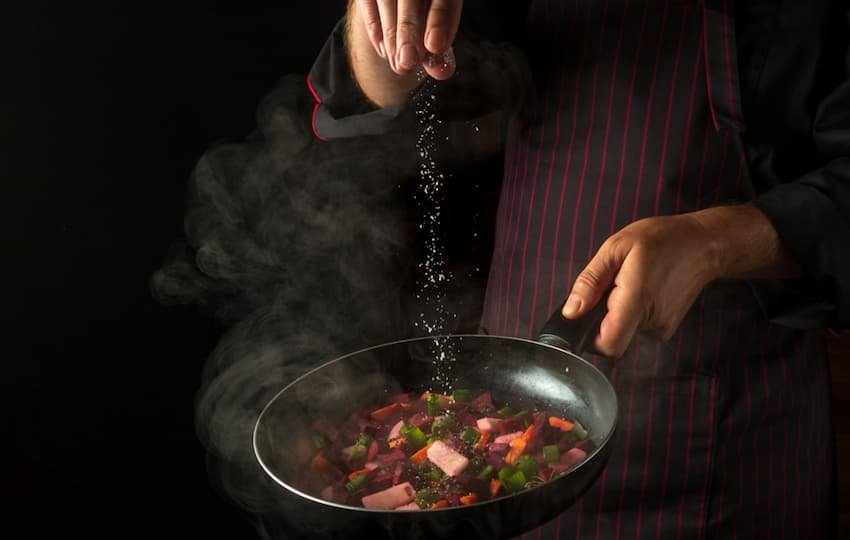 Add My Company
Add My Company
How Does Gas Power the Culinary Industry?
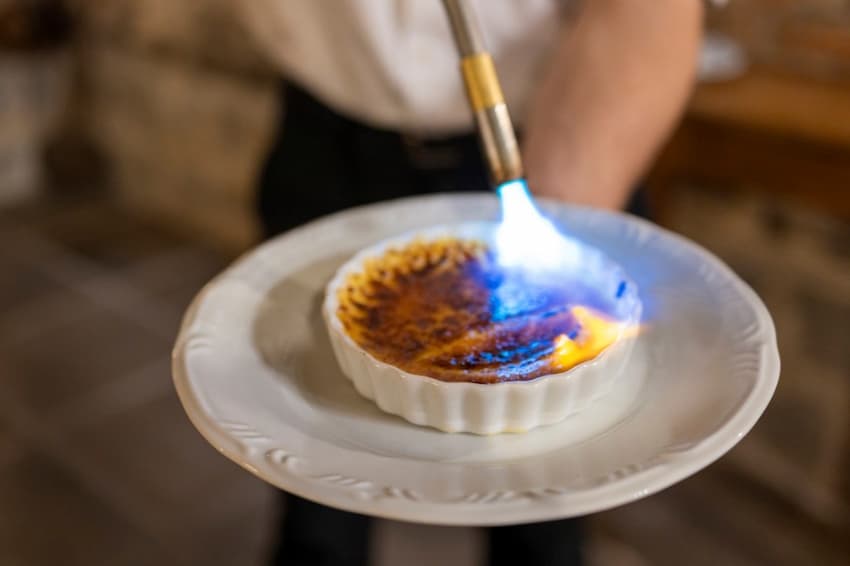
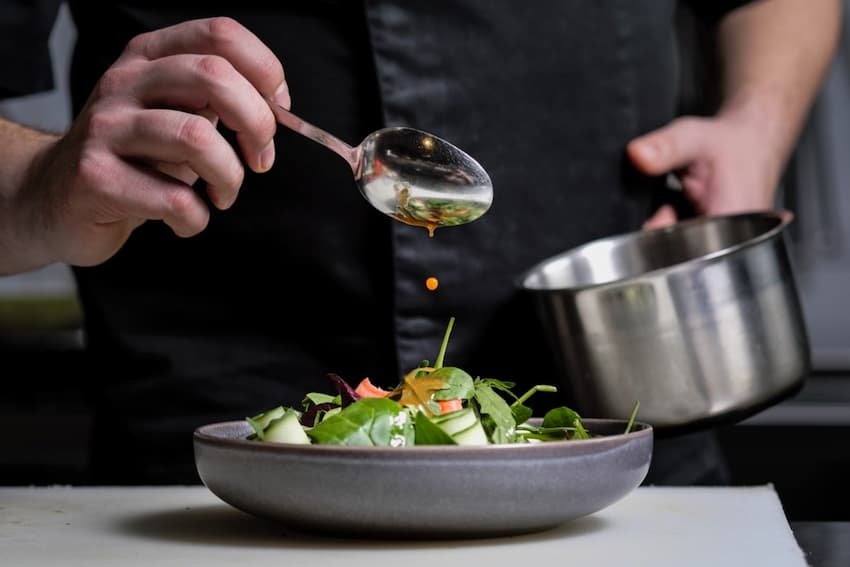
According to an old 2009 article from The Harvard Gazette, not only “we are what we eat”, but the invention of cooking has been the key driver of the evolution of humans. Similarly, humans have helped cooking itself evolve massively over the centuries! Have you ever wondered what powered this incredible transformation? Gas. Specifically, propane and butane, which have become major players in the culinary industry as well as catalysts for creativity, precision, and efficiency in the hands of chefs and home cooks alike.
Whether igniting the flames of a gas grill or delicately caramelising the top of a crème brûlée, these gases are precious when it comes to cooking, constantly shaping the way we experience and enjoy food.
So, as leading suppliers of these gases, here we’ll reflect on the close, fascinating bond between gas and the culinary industry, focusing on how propane and butane have enabled new techniques and transformed cooking environments, from restaurant kitchens to outdoor catering events.

The Evolution and Impact of Gas on the Culinary Industry
In kitchens worldwide, gas has undeniably become an important transformative presence. The shift to using gas has significantly changed the way professional chefs and home cooks approach their culinary creations and has infused a new sense of precision into preparing food.
Historically, gas has a long-standing relationship with the culinary world, dating back to the introduction of gas stoves in the 19th century. As we moved away from wood-fired ovens and open fires, gas stoves quickly became a staple in both households and commercial kitchens, providing a cleaner, more manageable, and more efficient form of energy. This transition provided practical benefits and began a culinary revolution, speeding up the cooking process and allowing an entirely new range of cooking techniques. Now, gas has established itself as a pillar of modern cooking, going from being an experimental curiosity to a kitchen essential. Professional chefs and home cooks have embraced gas cooking for its dependable heat, control over temperature, and instant on-off capability. Not to mention that gas leaves no residual heat, making kitchens safer and more comfortable.
With time, propane and butane have become the star performers in this gastronomic evolution, each showcasing its merits. Let’s take a closer look at their differences, uses, and properties.
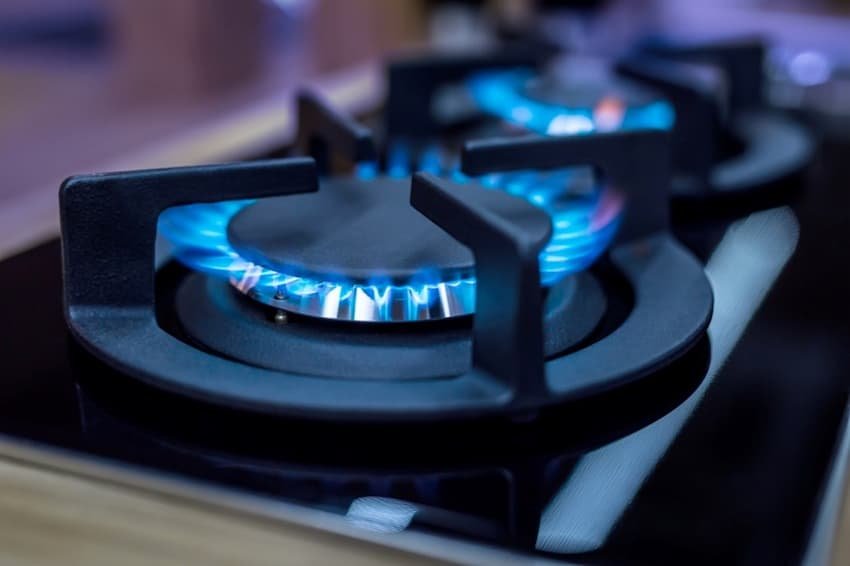
Propane vs. Butane: Understanding Their Differences
Before diving deeper into the practical applications of propane and butane in the culinary world, it’s important to explore their basic nature and properties. As hydrocarbon gases, both propane and butane stand out in the broad fuel spectrum with their unique characteristics and distinct uses.
Propane gas, a three-carbon alkane, is appreciated for its excellent performance, even in cold weather conditions. It remains usable below freezing temperatures, a benefit that not many other fuel types possess. This means propane is suitable for a multitude of applications, even in harsh weather, making it an often preferred fuel for outdoor cooking devices like pizza ovens. Beyond this, propane’s convenient storage in portable tanks enhances its versatility in this sector, making it an excellent choice for both permanent eating establishments and pop-up food vendors.
On the flip side of the hydrocarbon coin sits butane gas, a four-carbon alkane. Known for its portable applications, butane is most commonly used in cooking tools like portable stoves, blow torches, and even small handy lighters. What gives butane an edge is its impressive energy content: with a higher calorific value, it delivers more heat per unit than many other gases. This makes it extremely effective for portable or space-limited cooking applications, making it a favourite among camping enthusiasts and home cooks.
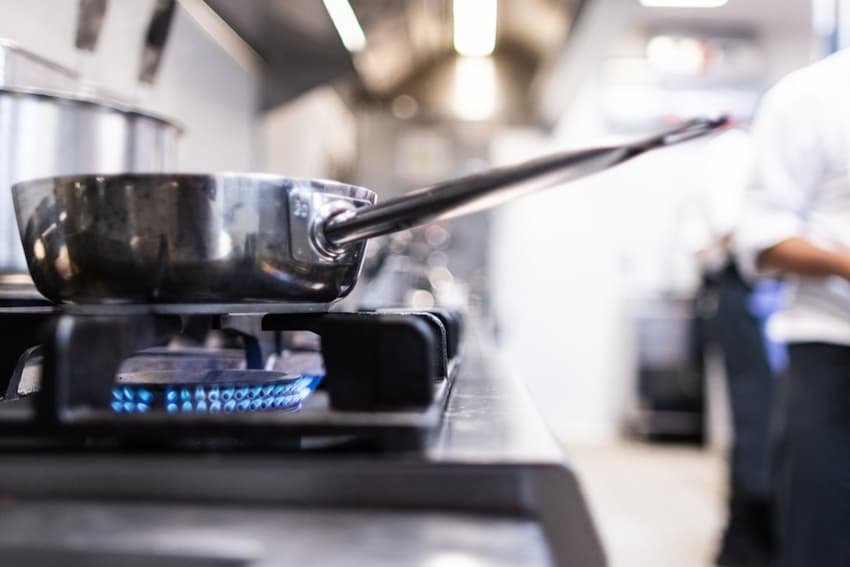
Propane, the Chef’s Kiss Fuelling Up Kitchens
In restaurant kitchens across the world, propane takes centre stage, proving to be a versatile and reliable source of energy. From the sizzle of gas grills to the bubbling depths of deep fryers and the intense heat of boiler units, propane fuels the preparation of the most elaborate dishes. Whether carefully grilled succulent steaks, gently fried French fries, or richly flavoured onion soup brought to a boil, chefs rely on propane’s instant and controllable heat, delivering flavourful results.
Take, for example, an all-time classic, the rib-eye steak. A chef’s use of a propane-fired grill allows for the provision of high, consistent heat, ensuring the steak is beautifully seared, locking in the juices and a desirable caramelised crust. Moving beyond the grill, propane also powers deep-fat fryers that deliver an abundance of delicious dishes, like calamari, achieving that delightful crunch on the outside while retaining tenderness on the inside. Finally, a boiler unit powered by propane can swiftly offer up the high temperatures needed, melting and lightly browning the cheese to create that mouth-watering golden finish for dishes like lasagna or moussaka that need a tasty, bubbling, cheesy crust to top them off.

Butane, the Master of Presentation
While propane steals the limelight in commercial kitchens, butane’s unique properties carve out a niche in culinary finesse and presentation. It’s the star of the show in tableside cooking, where precision and attention to detail take centre stage, and portability and clean burning are much appreciated.
The perfect example is a refined sushi roll garnished with sleek slices of raw fish. With the help of a butane torch, a talented sushi chef transforms the fish into lightly seared delicacies. This cooking technique, known as “aburi style,” adds delicious textural contrast and gently intensifies the flavours within the sushi roll.
Moving from savoury to sweet, an exquisite Crème Brûlée could not reach its full potential without the finishing touch of a butane-powered torch. Its pinpoint accuracy crisps a layer of sugar atop the velvety custard, forming that characteristic crisp, caramelised crust. Propane’s more cumbersome setup would not give the same precision and finesse.
Butane’s practical portability is also essential in outdoor catering events. A butane-fuelled chafing dish elegantly maintains the ideal serving temperature of dishes, ensuring a flawless experience for diners. From its unique advantages in delicate culinary techniques to its dominance in portable gas solutions, butane gas bottles are a valuable ally in the creation and enjoyment of culinary art. The ease of use, versatility, and mobility all make butane an excellent and trustworthy companion for chefs, caterers, and entertainers alike.
Ignite Success in the Kitchen with Adams Gas
From powering restaurant kitchens to fuelling your back garden BBQ, propane and butane gases from Adams Gas are your secret sauce to culinary success.
As leading bottle gas suppliers at Adams Gas, we provide a range of butane and propane gas cylinders and other gas cylinders suited to various applications, including cooking, of course. Whether residential or commercial, our extensive gas supply caters for the most diverse needs.
Whether you’re a professional chef, a home cook aspiring to bring restaurant-quality cooking to your kitchen, or a catering company wanting to offer the perfect experience for your clients, we have the fuel you need to ignite success and exceed expectations.
Ready to bring the heat to your kitchen? Visit our website or get in touch with us today to explore our range of propane, butane, and other bottled gas products.
For more information on How Does Gas Power the Culinary Industry? talk to Adams Gas


